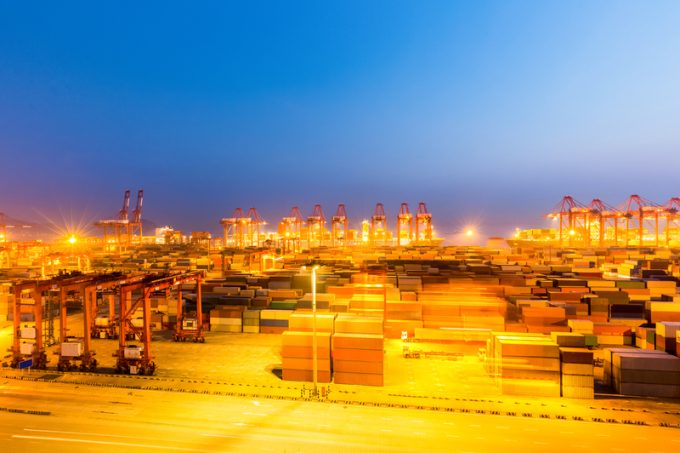LA/LB and Tanjung Pelepas celebrate as 2024 port 'winners and losers' revealed
**EDITED AT 14:00 BST 02/04/25 TO INCLUDE QUOTE FROM ANTWERP-BRUGES** Last year’s port throughput “winners and ...

The port of Shanghai has maintained its position as the world largest container port.
However, new data from Alphaliner today shows its lead over second-placed Singapore narrowed last year.
Shanghai posted 2018 throughput of 42.01m teu, 4.4% growth on 2017, while Singapore handled 36.6m teu, representing growth ...

Comment on this article